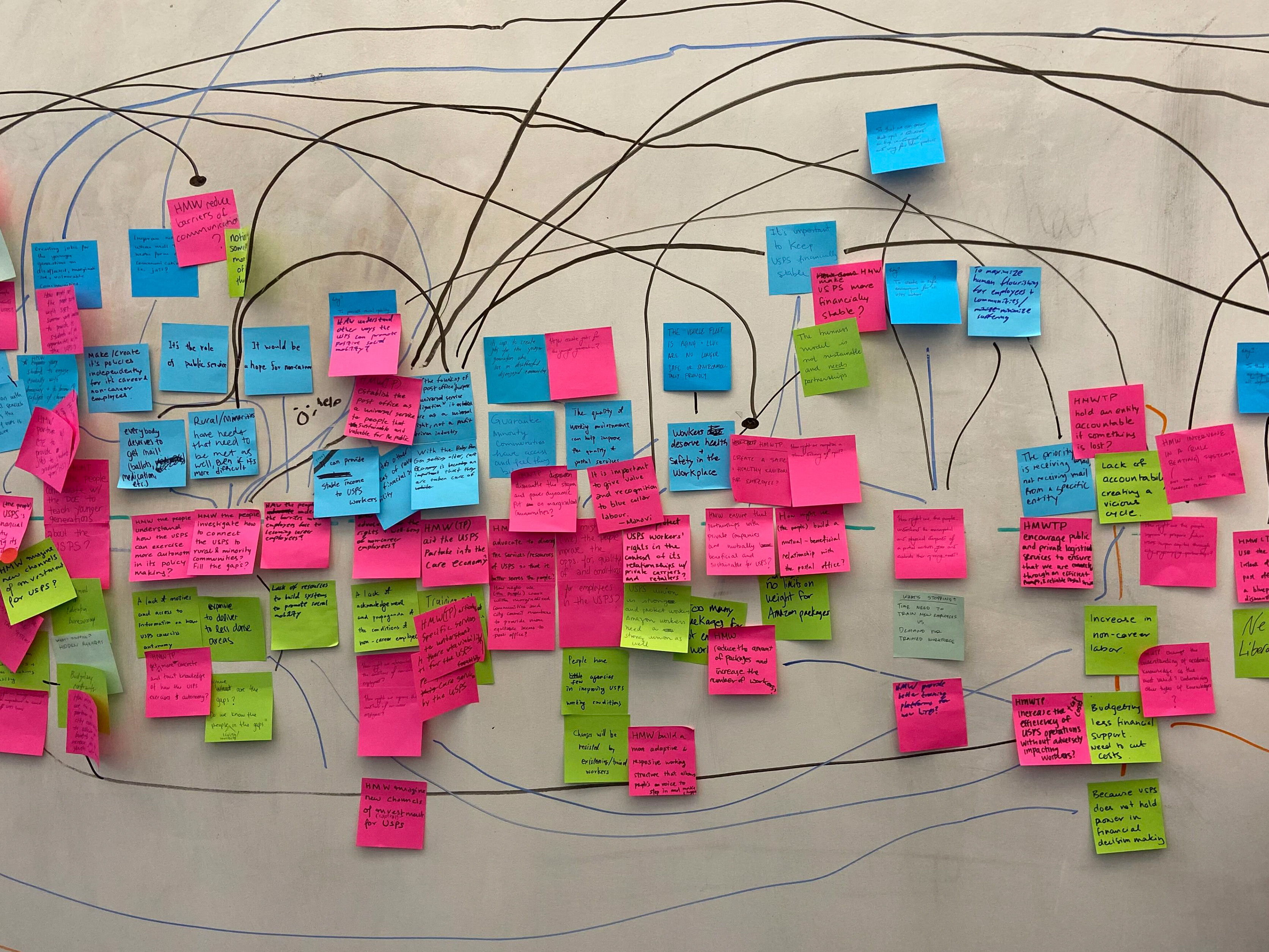Speculative Design and Post-Capitalist Futures
Speculative design offers an important lens for designers to reimagine economies, politics, and social systems beyond the constraints of current commercial fabrics. Prominent institutions like Parsons School of Design actively explore this forward-looking approach in their teaching, enabling designers to question moral and hypothetical scenarios while envisioning futures that prioritize social equity, environmental sustainability, and human well-being.
Speculative design shifts the focus from immediate problems—working to question and explore long- term futures. Unlike traditional design, which frequently caters to request-driven demands, speculative design encourages designers to imagine "what if" scenarios. These indispensable futures give space to challenge present systems and engage with broader societal, artistic, and environmental issues.
Speculative design emerged from the broader field of critical design, with early contributions from Dunne and Raby, who emphasised its part in addressing social, political, and environmental issues. Speculative design asks questions rather than provides answers, using design fiction to provoke study, stimulate discussion, and challenge the understanding of what's possible. It often incorporates storytelling, hypothetical scenarios, and alternate realities as part of its practice.
At its core, speculative design offers a critique of traditional design’s focus on functionality and market-driven goals. Rather, it looks ahead to implicit futures and aims to open new possibilities for how societies might serve. A well-known example is the "Foragers" project by Dunne and Raby, which imagines a world where humans adapt to food shortages through wearable devices that enable them to digest otherwise indigestible materials. This project diverges from traditional design by addressing speculative needs that may arise in future crises, thereby opening dialogue about societal resilience and adaptability. By presenting tools, technologies, and narratives rooted in plausible futures, these projects provoke critical reflection on present-day decisions and their long-term consequences.
Speculative design encourages questioning assumptions and imagining how things could evolve differently based on present trends. Rather than predicting the future, its aim is to provoke critical reflection on current design practices and their long-term implications. By challenging dominant ideologies—whether technological, economic, or cultural—speculative design provides a framework for addressing "wicked problems" like climate change, inequality, and political instability. It often employs narratives to create stories or fabulations from alternate worlds, embedding tools, technologies, or services within broader narratives to highlight social implications. Projects like the "Coalition of the Willing" exemplify this approach by envisioning a decentralized global movement against climate change that blends digital platforms with grassroots activism, sparking debate and uncovering innovative pathways forward.
Speculative design’s critical, narrative, and future-focused approach positions it as a powerful method for questioning the status quo. By blending imagination with critical inquiry, it opens new possibilities for societal transformation. Through examples like those mentioned, speculative design demonstrates its capacity to inspire thoughtful discourse and promote sustainable, equitable futures.
For those interested in delving further into the fascinating world of Speculative Design, I highly recommend exploring the work of Elliott P. Montgomery, whose contributions to the field offer deep insights into how design can shape alternative futures. Additionally, be sure to check out the incredible projects and thought-provoking explorations by the Near Future Laboratory. Both provide valuable perspectives and resources to expand your understanding of how design can question the present and envision transformative possibilities for tomorrow.

